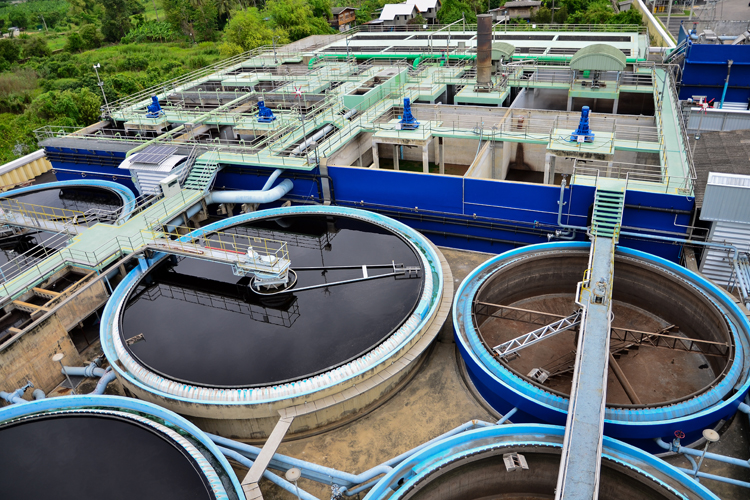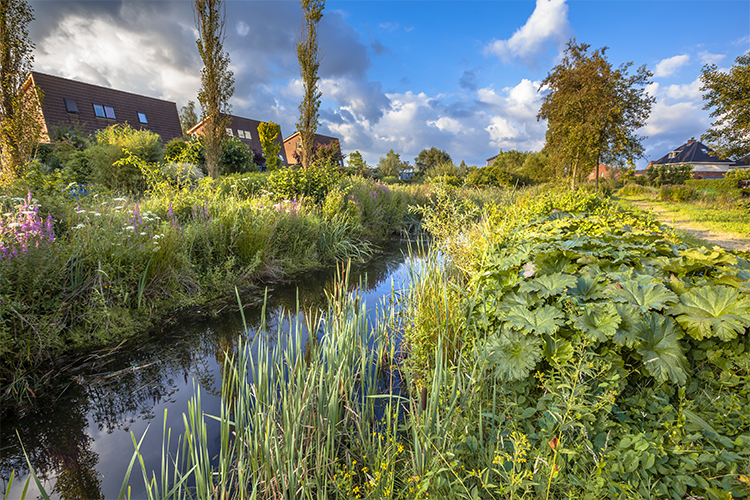Carbon Reduction Through Sustainable Drainage Systems
13 March 2021

Sustainable Drainage Systems (SuDS) offer valuable opportunities for carbon reduction and mitigating the impacts of climate change. By incorporating SuDS into urban planning and development, we can effectively manage stormwater runoff while simultaneously reducing carbon emissions and promoting carbon sequestration.
On the 4th of December 2020, the Prime Minister announced ambitious new emissions target setting the UK on the path to net zero emissions by 2050. This new plan aims for at least 68% reduction in greenhouse gas emissions by the end of the decade, compared to 1990 levels.
While this focus is currently shifting to the four pillars of sustainable drainage, there is still not enough attention paid to the role sustainable urban drainage systems can play in helping to meet climate change targets.
How can SuDS help with carbon reduction?
SuDS help reduce carbon emissions by minimizing the need for traditional drainage infrastructure, such as large-scale piped systems. Traditional drainage systems require significant amounts of energy for pumping and maintaining the flow of stormwater. In contrast, SuDS utilize natural processes like infiltration, evaporation, and biological uptake to manage stormwater, requiring minimal energy inputs. By reducing reliance on energy-intensive drainage systems, SuDS contribute to overall carbon reduction and the transition to more sustainable and low-carbon urban environments.
This article delves into the issue of carbon reduction through sustainable drainage systems, including:
- Reducing Water Demand
- Introducing SuDs Systems
- The Foul Water Problem
Read the full article on carbon reduction through the use SuDS.





